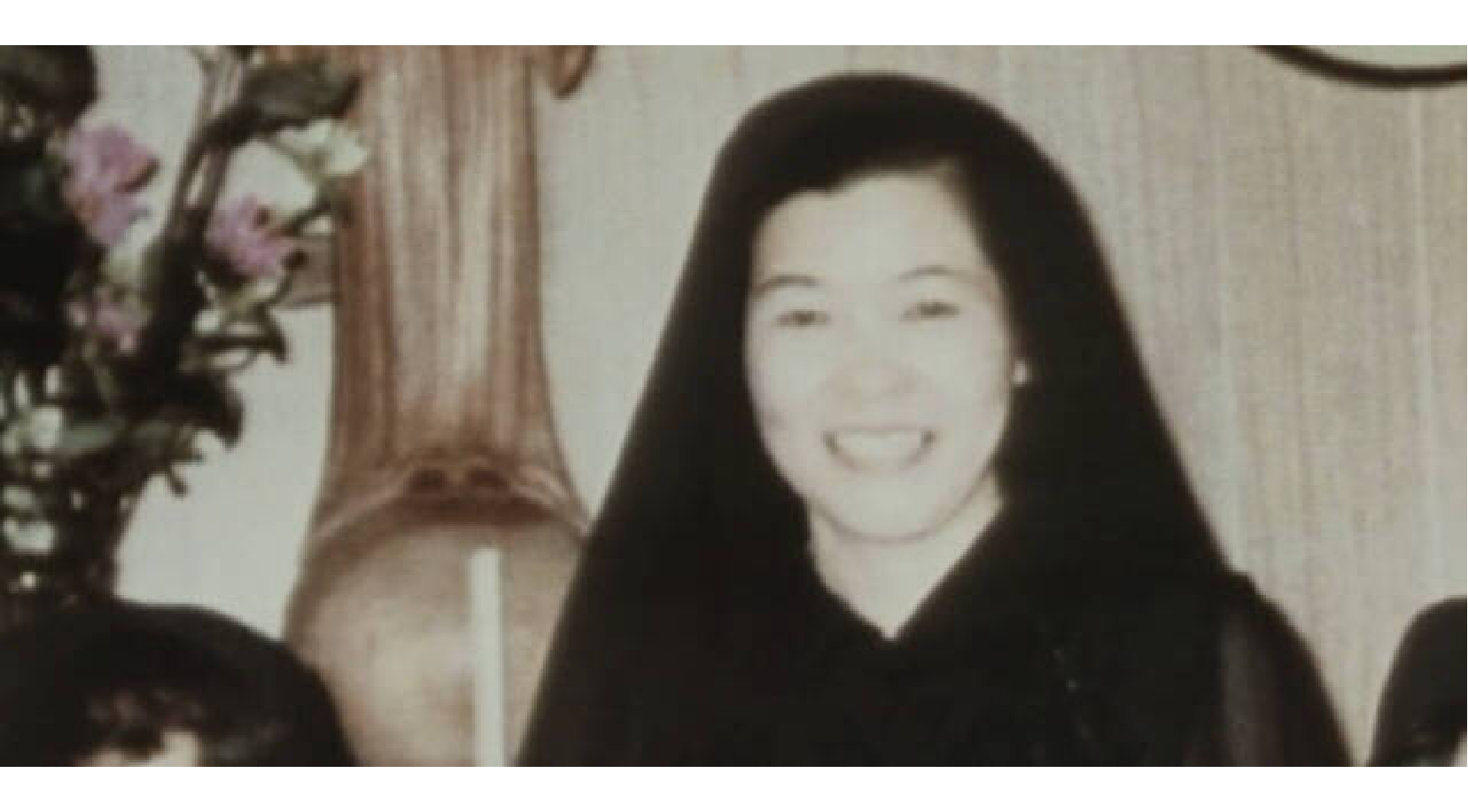(ZENIT News / Niigata, 20.08.2024).- Sister Agnes Katsuko Sasagawa, central figure of one of the most known Marian manifestations of Japanese Catholicism of the 20th century, was buried on August 17 at 93, after a life marked by spiritual experiences, which have left an indelible mark on the global Catholic community. Her funeral, which took place in the parish of Akita, in the diocese of Niigata, Japan was attended only by the nuns of the Institute of the Servants of the Holy Eucharist, the Order to which she belonged.
Born in 1930 in a Buddhist family, Sister Agnes’ life changed radically when a Christian nurse offered her water of Lourdes, which led to her conversion to Christianity. Baptized as Agnes, her name would soon become known throughout the Catholic world due to the visions and messages that, according to her, she received of the Virgin Mary, who is known under the advocation of Our Lady of Akita.
On June 12, 1973, when she had just begun her monastic life, Agnes said she had seen a brilliant light coming from the convent’s tabernacle. Shorty after, she began to experience mystical wounds and to receive messages from a stature of the Virgin, carved in wood, which was in the convent. These events culminated in a series of visions that warned about divine punishments if humanity didn’t repent of its sins.
According to the testimonies, one of the most shocking episodes related to the Apparitions was when the statue of the Virgin began to weep. The image shed tears on 101 occasions, phenomenon that was captured on camera by a Japanese television network, amplifying devotion to Our Lady of Akita.
On April22, 1984, Bishop John Shojiro Ito of the diocese of Niigata declared that the events of Akia were of supernatural origin and he authorized the veneration of Our Lady of Akita throughout the diocese. Subsequently, in 1988, the then Cardinal Joseph Ratzinger (who later became Pope Benedict XVI), also considered the events and messages of Akita as reliable and worthy of faith.
In 2002, a Shrine was erected in Akita in honour of Mary, under the title “Mater Redentorista”, which has become the destiny of pilgrimage for thousands of faithful every year. Although the Church has not made the Apparitions official, many Catholics find in the messages of Akita a call to prayer and repentance in a world increasingly alienated from the faith.
Throughout her life, Sister Agnes was regarded as a figure of devotion and controversy, leaving a legacy behind her that continues to inspire those seeking in her experiences a testimony of the power of faith. She died on August 15, Solemnity of the Assumption of the Virgin Mary.



